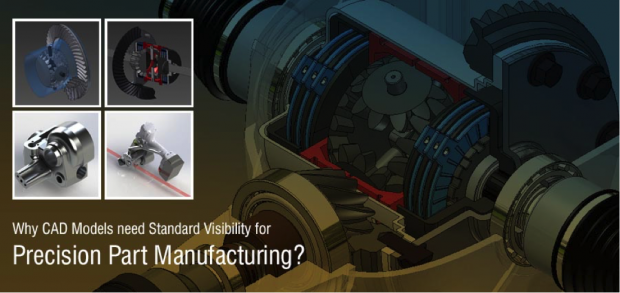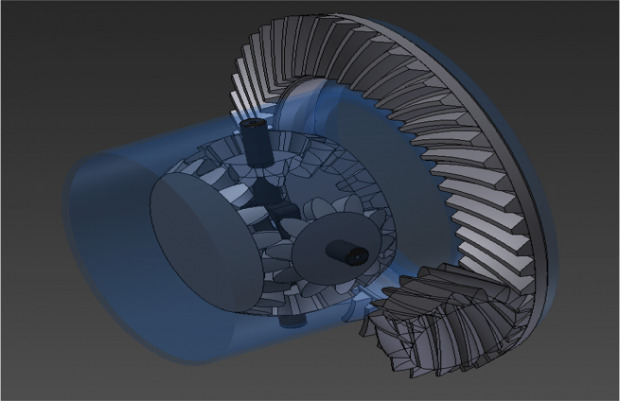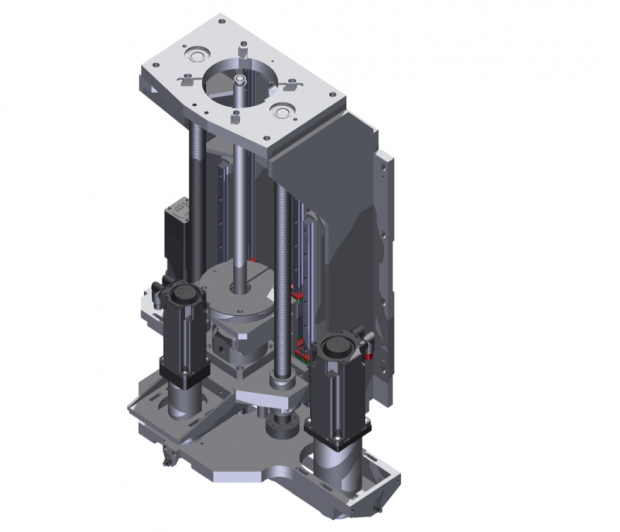
December 12, 2017
Precision part manufacturers face challenges that are related to the shop floor as well as the designs. The majority of these challenges are because smaller parts or units are both bespoke and have precise geometry.
 To be able to design and develop bespoke and precise manufacturing information, engineers need a CAD system that is democratized. In other words, everyone from the design engineer to the foremen on the shop floor, and everyone in between, should be able to view the CAD model.
To be able to design and develop bespoke and precise manufacturing information, engineers need a CAD system that is democratized. In other words, everyone from the design engineer to the foremen on the shop floor, and everyone in between, should be able to view the CAD model.
Challenges of Bespoke Needs and Precision Output
With a multitude of complexities, manufacturers need to find a CAD tool that can cater to seemingly antagonistically distinct requirements. More so, manufacturers need CAD systems that are compatible with a range of other software tools to handle different design features. Beyond mastering design compatibility, manufacturers also need CAD systems that are compatible with G-Code for seamless operation of CNC machines.
Meeting these challenges is not as simple as adopting a particular CAD system because most design engineers use different parametric 3D CAD platforms. However, if they look at their entire process more closely, design engineers would realize their CAD models aren’t flexible. When engineering change orders (ECOs) arise, these models fail to accommodate the changes without generating a ripple effect. Assembly CAD models are based on many constraints, so one change can warrant the entire component to be redrawn.
More Experience, More Benefits
Precision part manufacturing is often used for products like pressure vessels, boilers and other process industry equipment or machinery, as well as for automotive and aviation components. One little mistake or overlooking even the smallest design detail can result in the loss of lives or millions of dollars. Even if catastrophe is avoided, the initial machining setup and raw material require a significant investment. If something goes wrong with the design, the time and money invested is wasted. Manufacturers simply cannot allow designs to go wrong.
 Differential gears with precise geometry. Image courtesy of Hi-Tech CADD Services.
Differential gears with precise geometry. Image courtesy of Hi-Tech CADD Services.There are several CAD systems with application programming interfaces that will check the correctness of the design during development and manufacturing. This can be a huge relief to product manufacturers because it allows them to increase their production efficiency and lower their costs by avoiding rework.
Democratize the CAD Systems to Manage Design
Democratizing CAD systems essentially means providing access to CAD models in the same form to everyone associated with the product. That doesn’t just mean access to the ready CAD models, but includes notifications about every change, update or any additional information that will help the manufacturer be more profitable.
Manufacturers don’t know when customers will ask to add or subtract a particular design feature, so it is better for them to make 3D CAD models of parts for the entire assembly and then assimilate the data in the assembly model. The advantage of working with part models is that a part library for standard components can be created, and the designers can drag and drop part models while preparing multi-component assemblies. This approach saves a considerable modeling time and also reduces the entire design cycle time.
 Industrial machine component with precision parts. Image courtesy of Hi-Tech CADD Services.
Industrial machine component with precision parts. Image courtesy of Hi-Tech CADD Services.In addition, when the CAD models are released for manufacturing and design change orders are issued, this approach allows can help avoid dissecting the entire assembly. More often than not, workers on the shop floor miss out on updates when models aren’t democratized, because no notifications are sent. Above all, democratization supports innovative fixturing and machining techniques that allow the manufacturer to expedite manufacturing time.
Non-technical staff associated with the product, such as sales and marketing personnel, often feel left out because they do not have a strong say during product design and development, even though they play a major role in the product’s life cycle. They contribute valuable input when deciding the price and knowing how the customer will affect the success of the product. But when the product is manufactured and ready to be dispatched, that intelligence is often not used.
However, with CAD democratization, non-technical personnel have access to models, which enables them to contribute valuable inputs for aesthetics, ergonomics and utility—knowledge that is gained from customer feedback and market surveys. These can be ingrained upfront in the design cycle so the product manufacturer will not have to entertain changes further down the line, resulting in a more efficient manufacturing cycle.
Holistically, democratized optimizes the entire value chain by providing visibility from concept origination to the final customer reach, all via the CAD model.
Usha B. Trivedi is an engineer with Hi-Tech CADD Services, a company providing design support services globally. With years of experience in CAD drafting, conversion, 3D CAD modeling and 3D rendering, she provides insights for solutions in process challenges for fabricators, designers, contractors, engineers and architects.
More Info
Subscribe to our FREE magazine, FREE email newsletters or both!
Related Topics






